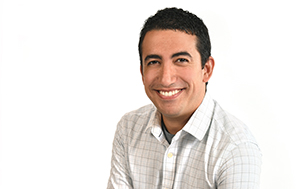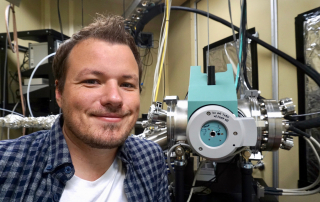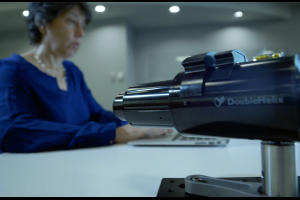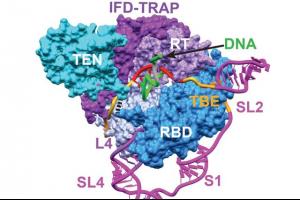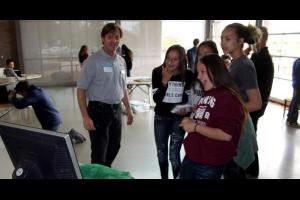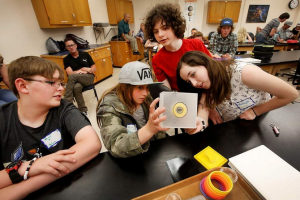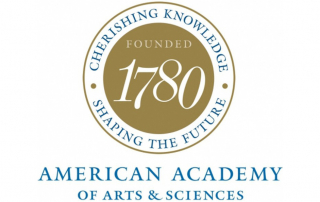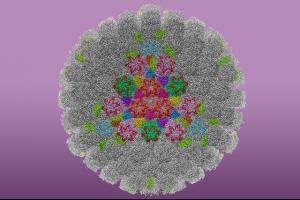Three UCI School of Physical Sciences Faculty Earn Prestigious NSF Early Career Awards
Franklin Dollar, Ph.D., assistant professor for the Department of Physics and Astronomy, was awarded the prestigious five-year NSF grant valuing at $680,000 for his project titled CAREER: Coherent Laser Control for Compact Accelerators.
Dollar’s project supports a study of how to coherently control the physics of laser-driven particle accelerators by manipulating laser properties such as the laser wavefront. Advanced particle accelerators based on lasers have the potential to dramatically reduce the size and duration of such sources, and could have immediate applications in medical isotope production and radiography. This award will also support development of the Culturally relevant Accelerator Research and Engineering for Native Americans (CARE-NA) program, which will train students with broad practical skillsets with ties to community and culture.
“This project is one of those high-risk, high-return endeavors the NSF Division of Physics is particularly fond of supporting,” said National Science Foundation program officer Vyacheslav Lukin, who oversees Dollar’s CAREER grant. “We will look forward to seeing Dollar take this research from studies of underlying plasma physics and optics to breakthroughs that may enable tabletop accelerators — and their high-impact practical applications.”
“Accelerator science, and physics as a whole, can benefit tremendously from increased diversity and broad engagement with the public,” shared Dollar. “At UCI we wish to continue to lead in this arena across physical sciences.”
